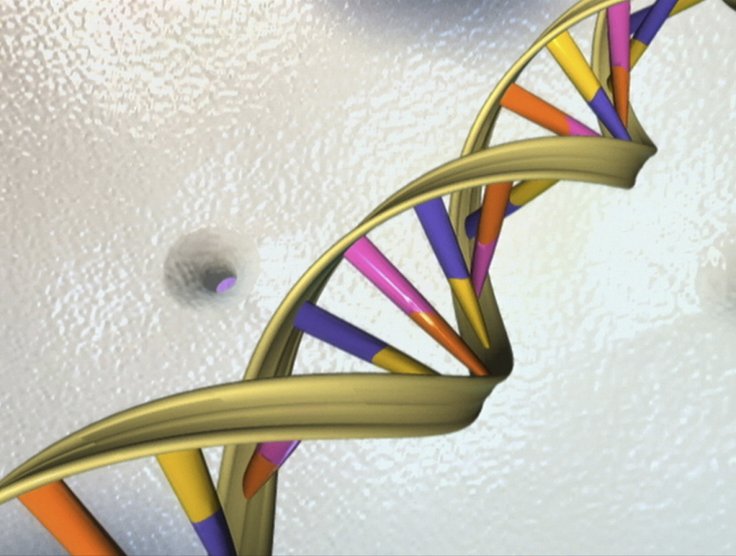
Researchers at the University of Tokyo conducted research to estimate the population of the ancient Japanese people before they met by a separate ancient population. This research is first of its kind that included the analysis of modern genomes which showed the size of an ancient human population.
The lead author of this study, Associate Professor Jun Ohashi who is also an expert in human evolutionary genetics said that the evidence at the archaeological sites has been used to determine the size of the ancient human populations of modern-day Japan, but the difficulty and unpredictability of finding those sites is a big limitation but, "now we have a method that uses a large amount of modern data."
The researchers stated that as per the current theory on human migration, the original inhabitants, known as Jomon people, met with another ancient population, who mainly came from the Korean Peninsula, the Yayoi people, almost 2500-years ago.
The archaeologists involved in this research process have identified a few Jomon dominated sites from the late Jomon Period, which started from 14500 BCE. At that time the global temperature and sea level were dropping rapidly that might have caused more hurdles for the hunter-gatherer Jomon people.
After the arrival of Yayoi people, wet rice farming was introduced to the people living in ancient Japan that stabilized the food supply process for the Jomon people, living with these migrated Yayoi population.
The researchers said that the lesser amount of archaeological remains suggests that there was a population decline or it is possible that the archaeological dig sites have not yet been found.
When the team of archaeologists started to dig through the human genome to uncover the archaeological mystery, they started with comparing the Y-chromosome sequences of modern Japanese men to those people from Korea and another East Asian region.
Since these particular chromosomes are passed on from a father to son with a minor change over the generation, modern Y-chromosome sequences can reliably estimate the ancient genome sequence of men, living thousands of years ago.
The team used the DNA samples before 1990 from 345 men whose ancestors were from the three main islands of Honshu, Shikoku and Kyushu in Japan.
After the analysis, they found that only Japanese men had one particular group of DNA sequences and the unique sequence group came from the Jomon people.
They also identified that there are six sequence groups which are common in both Japanese men and men from East Asian regions such as Korea, Vietnam and China that most likely linked to the Yayoi people or the ancestors common to Japanese and East Asian people.
This research involving the analysis of Y-chromosome sequences helped the researchers to build the first ever family tree. They also identified a pattern suggesting a population decrease and sudden increase. That means there was a notable decrease in the population margin of ancestral Y-chromosome sequences almost 2500-years ago.
It should be noted that today's Japanese men have a higher percentage of Jomon ancestral DNA in their Y chromosomes, the new study claimed.
The researchers mentioned that the after conducting the study they found that one group of Jomon sequences is accounted for 35.4 percent of the entire Y chromosome which indicates the possibility of the specific sequence was common in Jomon men.
Ohashi said, "We hope this method might be useful to confirm other ancient human dynamics" which was not fully explained by archaeology.









